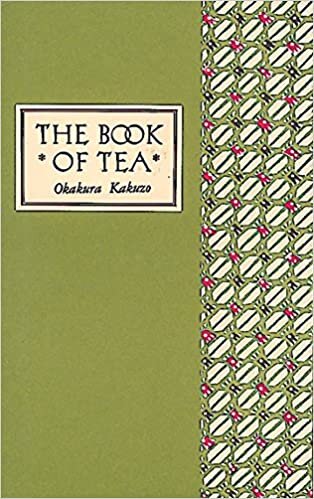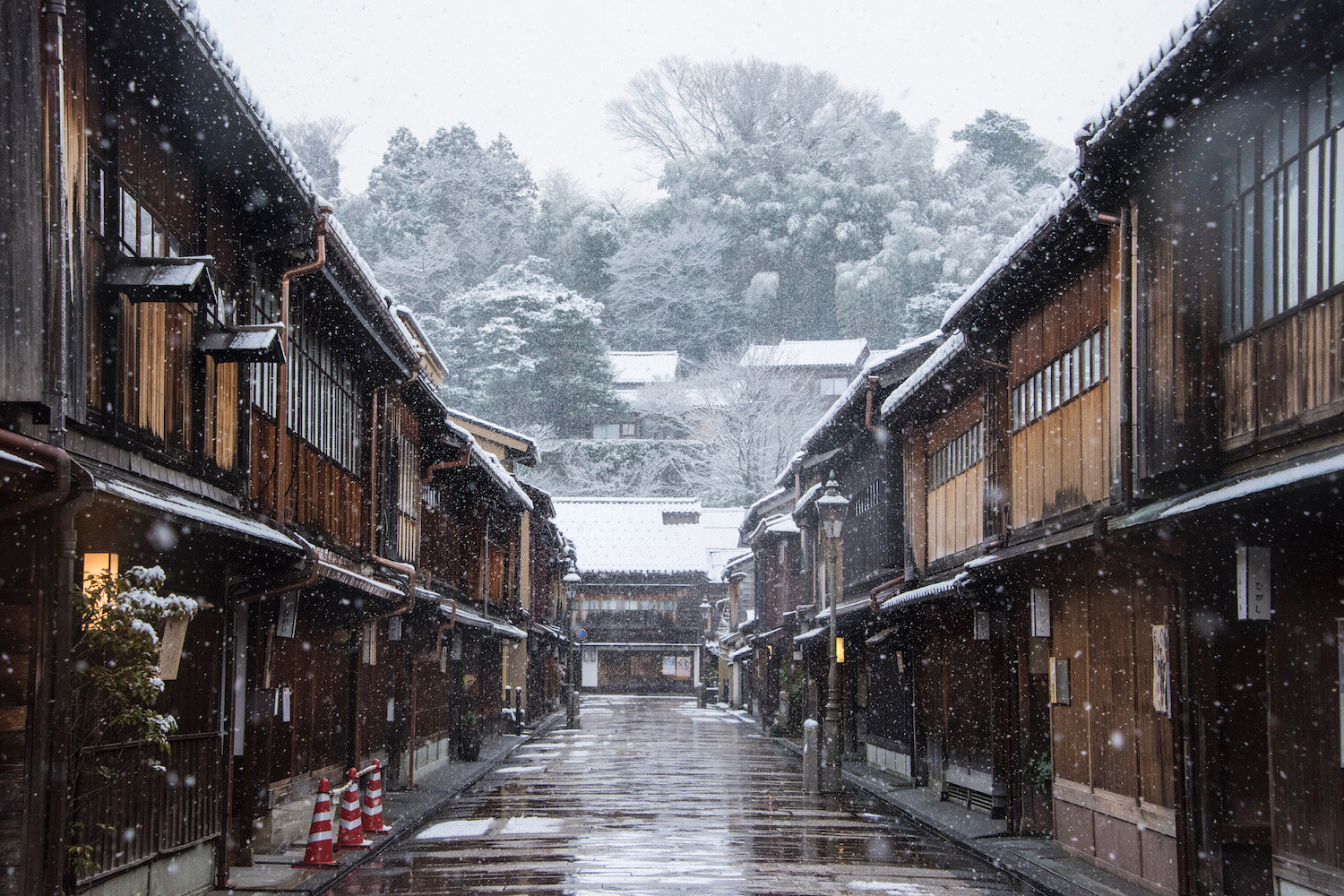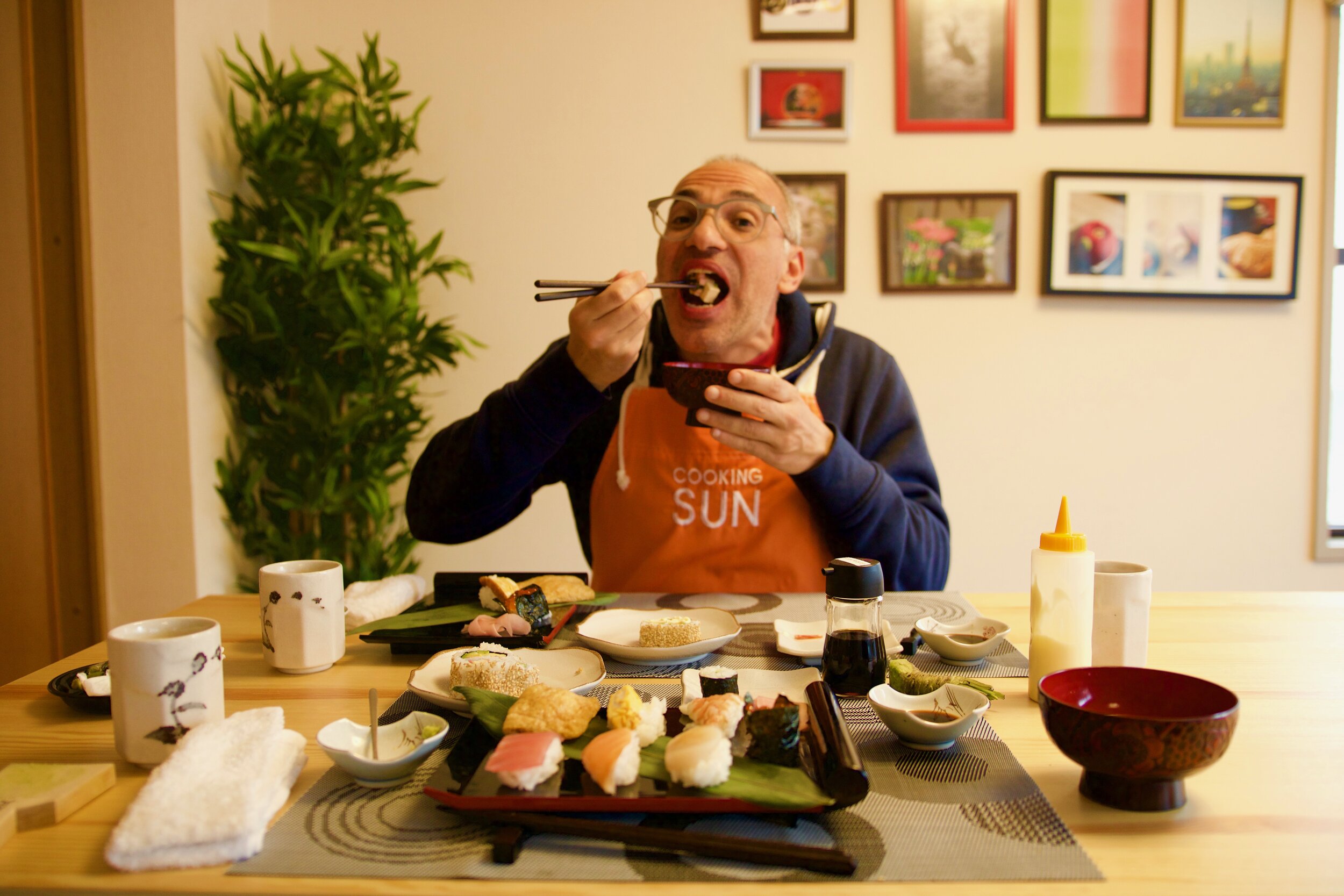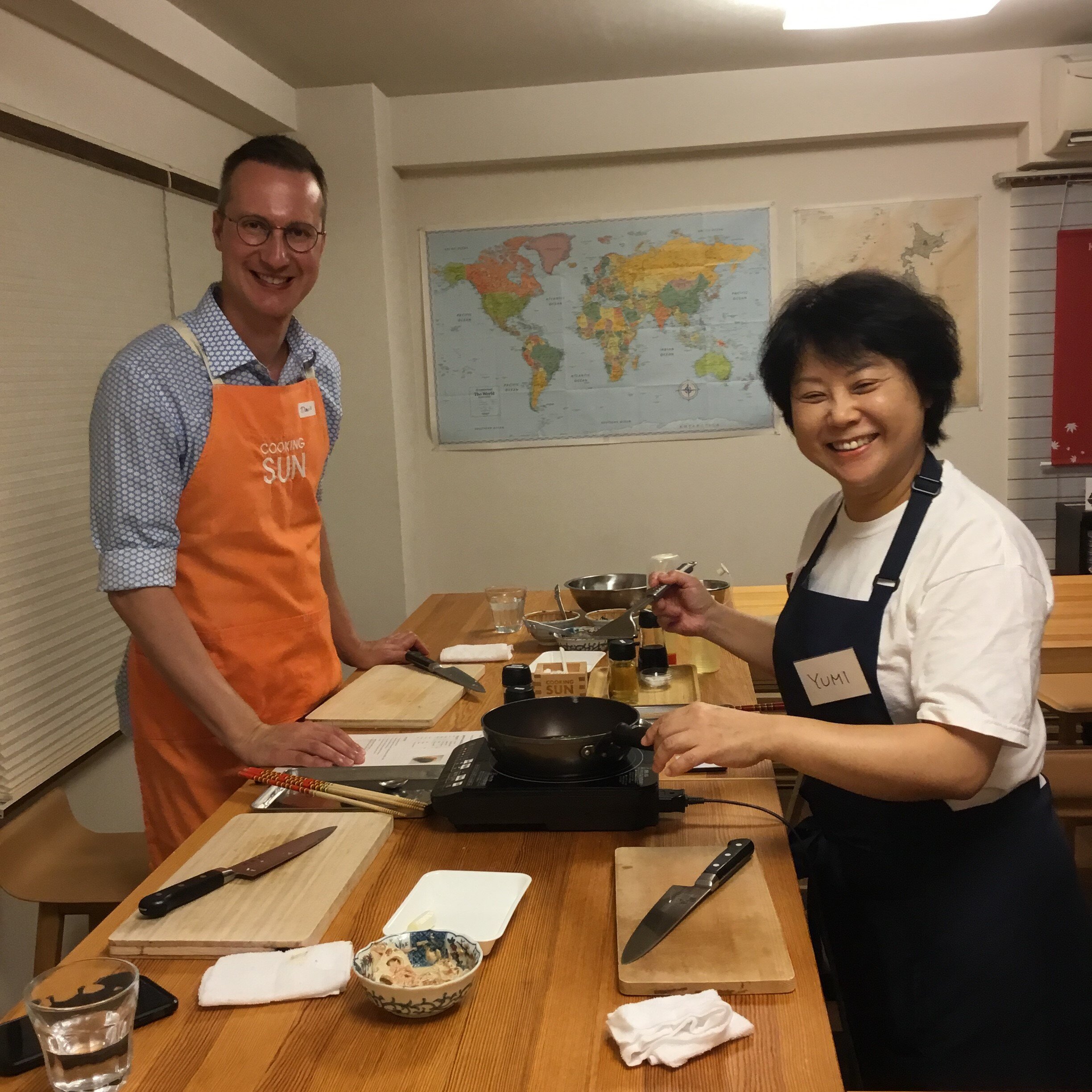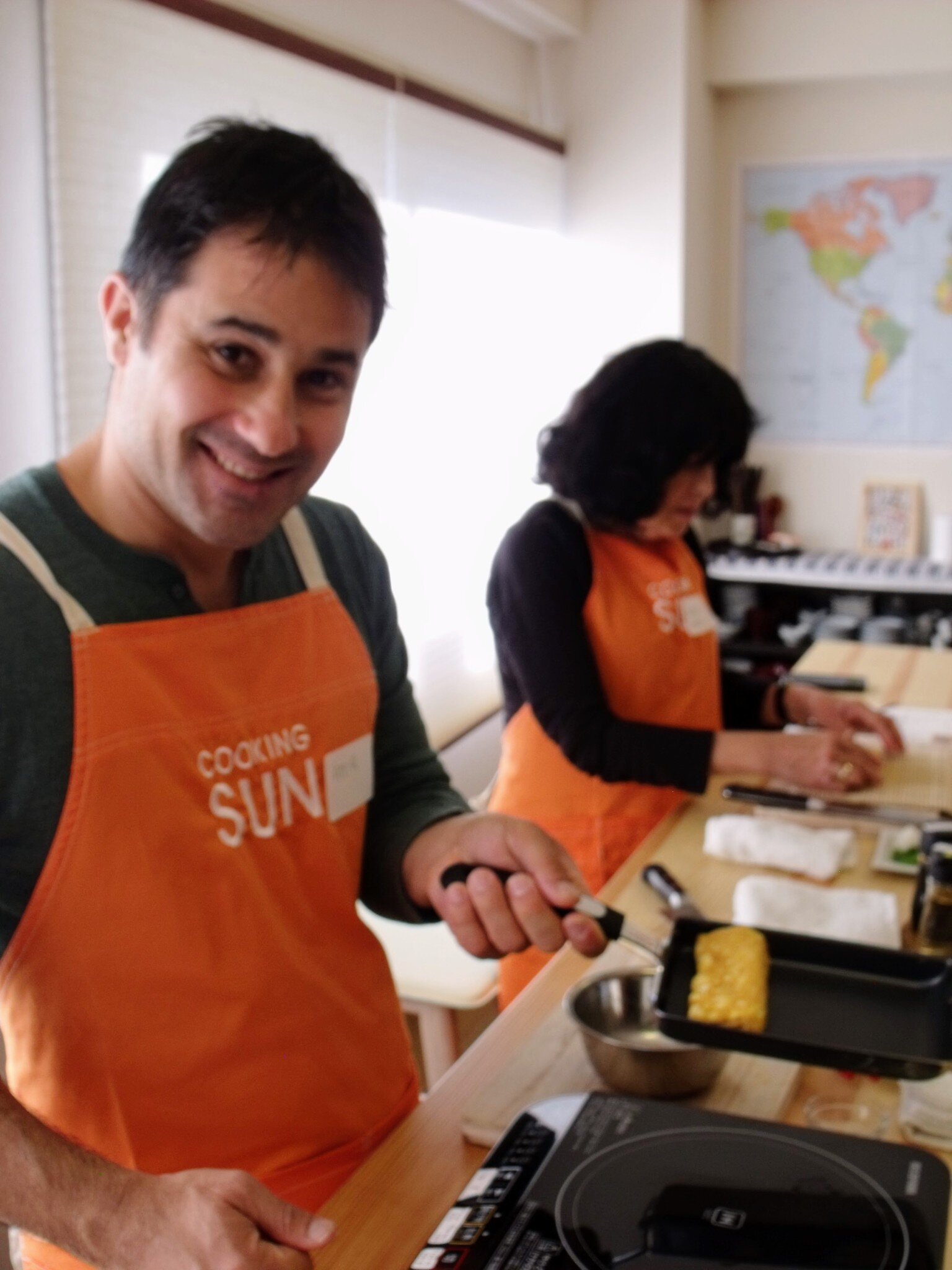Your tour with us can be highlighted by fully embracing the sakura or cherry blossom season. In Japan, the cherry blossom signifies the start of spring and with that a new school year and fresh hires entering companies. It’s an important part of Japanese culture highlighted by hanami or cherry blossom watching events where families and friends gather around nice viewing cherry blossom spots and have a picnic. Because cherry blossoms are both famous and infamous for lasting only a week - you don’t need to worry if you’re on a tour with us - we know the spots and the time for it.
When
Planning your trip to see the cherry blossoms can be quite daunting - that is if you are going without a guide. You have to strategically use your precious vacation days to hit the right moment in Japan. To give you a better idea, it really depends on where in Japan you are going. Typically cherry blossom season is at the beginning of April. At the earliest, it will start in mid to late March and end in early to mid April. In 2020, Tokyo had an unusually early cherry blossom beginning in mid March and had its peak at the end of March. To make sure you want to hit the correct dates, you can check out websites like JNTO or Live Japan that will have that years cherry blossom forecasts.
Where
The most popular spots for cherry blossoms are at gardens and parks. Beware, it will get very busy so expect to be around large crowds! You can check out our Festivals Guide and Gardens & Parks Guide to see events and where you can catch the best spots for cherry blossoms.
#japantraveltips












